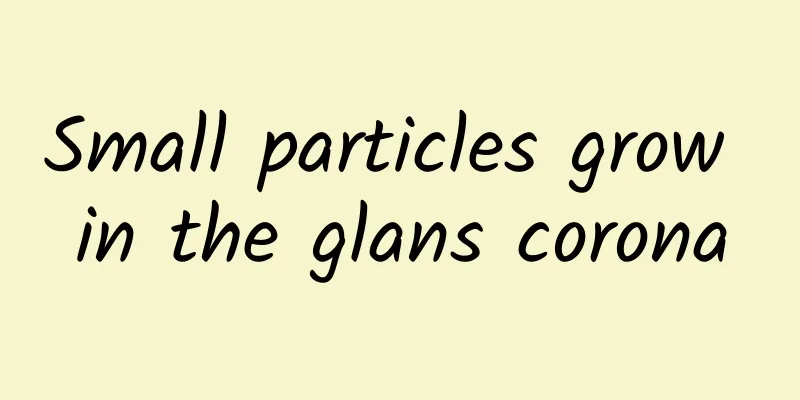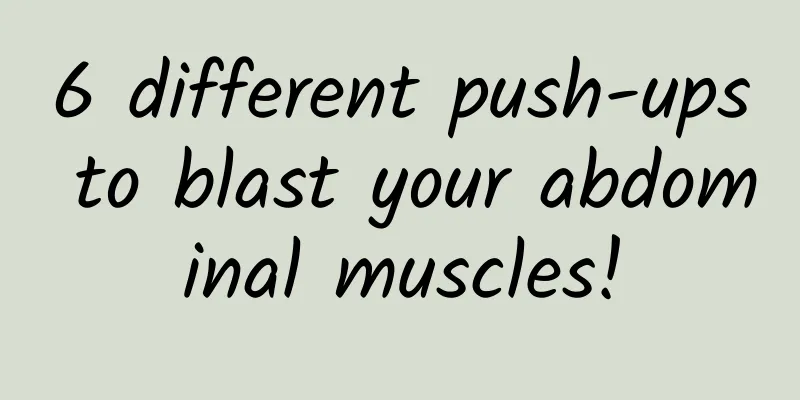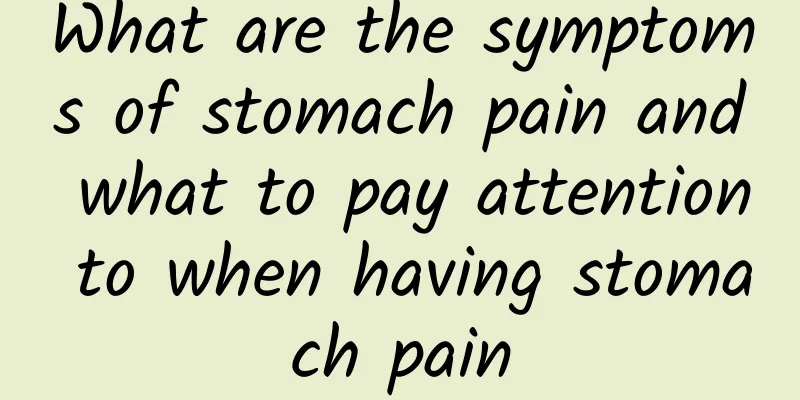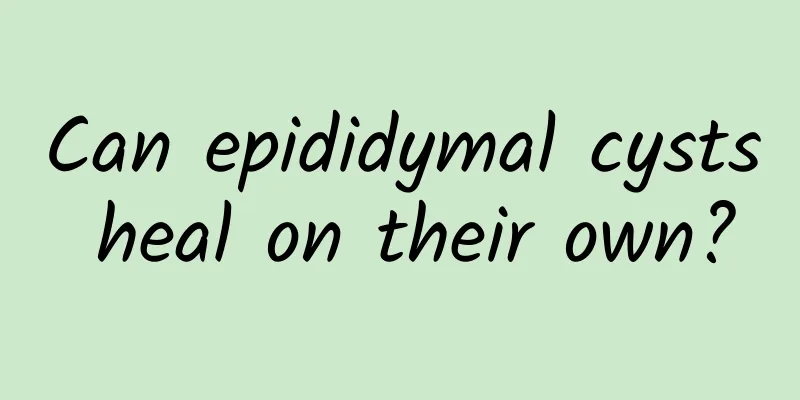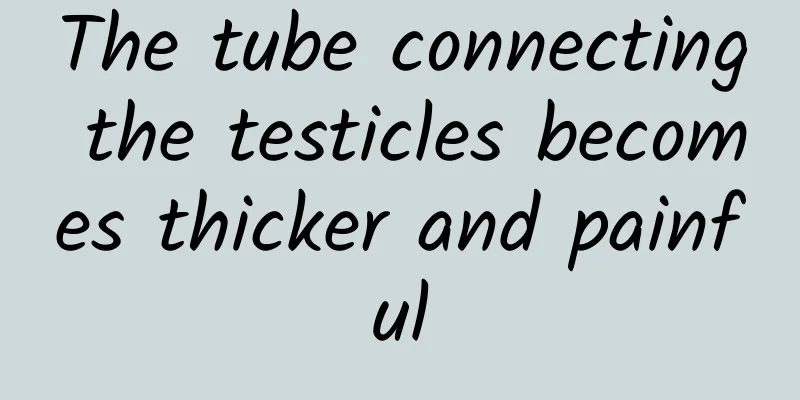Lumbar disc herniation, testicular and penile numbness
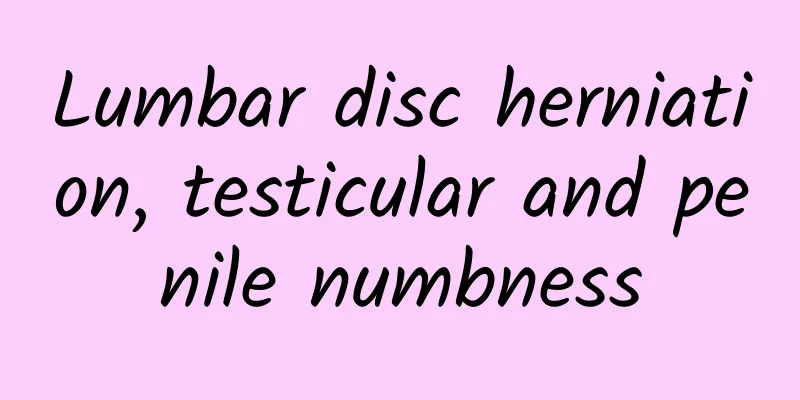
|
Lumbar disc herniation is a problem that many people have nowadays. For patients with lumbar disc herniation, they will experience a lot of pain when the disease occurs. For example, testicular and penis numbness is a very common symptom. There are many effective methods for treating lumbar disc herniation, and different methods are suitable for different groups of people. The following is a detailed introduction to the treatment methods of lumbar disc herniation. 1. Non-surgical treatment Non-surgical treatment is mainly suitable for: 1) young patients, patients with first onset or short course of disease; 2) patients with mild symptoms that can be relieved by themselves after rest; 3) patients with no obvious spinal stenosis on imaging examination. (1) Absolute bed rest. When the first attack occurs, you should strictly rest in bed and emphasize that you should not get out of bed or sit up to defecate or urinate. This will achieve better results. After 3 weeks of bed rest, you can wear a waist belt to protect yourself and get up and move around. Do not bend your waist to hold objects within 3 months. This method is simple and effective, but it is difficult to stick to. After relief, you should strengthen your back and waist muscle exercises to reduce the chance of recurrence. (2) Traction therapy: Pelvic traction can increase the width of the intervertebral space, reduce the intradiscal pressure, retract the protruding part of the intervertebral disc, and reduce the stimulation and pressure on the nerve roots. It needs to be performed under the guidance of a professional doctor. (3) Physical therapy and massage can relieve muscle spasms and reduce the pressure within the intervertebral disc. However, be aware that violent massage can aggravate the condition and should be used with caution. (4) Supportive treatment: Glucosamine sulfate and chondroitin sulfate can be tried for supportive treatment. (5) Epidural injection of corticosteroids Corticosteroids are long-acting anti-inflammatory agents that can reduce inflammation and adhesions around nerve roots. Generally, long-acting corticosteroid preparations + 2% lidocaine are used for epidural injection once a week, 3 times as a course of treatment, and another course of treatment can be used after 2 to 4 weeks. (6) Chemical nucleus pulposus dissolution: Collagenase or papain is injected into the intervertebral disc or between the dura mater and the protruding nucleus pulposus to selectively dissolve the nucleus pulposus and the annulus fibrosus without damaging the nerve roots, thereby reducing the pressure in the intervertebral disc or reducing the size of the protruding nucleus pulposus to relieve symptoms. However, this method has the risk of allergic reactions. 2. Percutaneous nucleotomy/laser vaporization of the nucleus pulposus Special instruments are used to enter the intervertebral space under X-ray monitoring, and part of the nucleus pulposus is crushed and sucked out or vaporized by laser, thereby reducing the pressure within the intervertebral disc and relieving symptoms. This procedure is suitable for patients with bulging or mild protrusion, but not for patients with lateral crypt stenosis or obvious protrusion, or those whose nucleus pulposus has fallen out of the spinal canal. 3. Surgical treatment (1) Indications for surgery: ① Patients with a medical history of more than three months who have failed to respond to strict conservative treatment or who have responded to conservative treatment but have frequent relapses and severe pain; ② Patients with first onset but severe pain, especially with obvious symptoms in the lower limbs, who have difficulty moving and sleeping, and who are in a forced posture; ③ Patients with combined cauda equina compression; ④ Patients with single nerve root paralysis, accompanied by muscle atrophy and decreased muscle strength; ⑤ Patients with combined spinal canal stenosis. (2) Surgical method: Through the posterior lumbar incision, partial removal of the lamina and articular processes, or intervertebral disc removal through the interlaminar space. For central disc herniation, after laminectomy, the disc is removed through the epidural or intradural space. Patients with lumbar instability and lumbar spinal stenosis need to undergo spinal fusion at the same time. |
<<: What does it feel like when a man has inflammation down there?
>>: Ebony wood benefits for men
Recommend
What is the cause of vaginal swelling and pain? This treatment is effective quickly
In male friends, the appearance of genital bloati...
How to treat men's weakness and inability to be replenished
Men who are too weak to be supplemented by food a...
There are small granules on the testicular epidermis
Orchitis refers to the inflammation of the male t...
Constipation and bad complexion? Have a glass of red date and wolfberry juice every day!
Red dates and wolfberries are both tonic Chinese ...
Varicose vein grade 1
After the varicose veins become varicose, the blo...
The testicles become hard but not painful to touch
The genitals are one of the most important organs...
Why can't I get an erection after drinking?
Alcohol is generally considered to be an aphrodis...
What does anti-sperm anti-weak positive mean?
Anti-sperm and anti-weak positivity is relatively...
What are the causes of low sperm motility?
Low sperm motility is often caused by various rep...
What is the best thing for kidney health? What can we eat to nourish and replenish our kidneys?
When talking about kidney deficiency, everyone th...
What medicine should men take for back pain
Low back pain is a common symptom in clinical med...
Chickenpox on foreskin
If chickenpox appears on the foreskin, it means t...
Common causes of premature ejaculation
Premature ejaculation is a roadblock to sexual ha...
What are some ways for men to lose weight through exercise?
If men want to lose weight, the most common way i...
What are the harms of smoking to sperm?
There are many harms of smoking. For example, as ...



